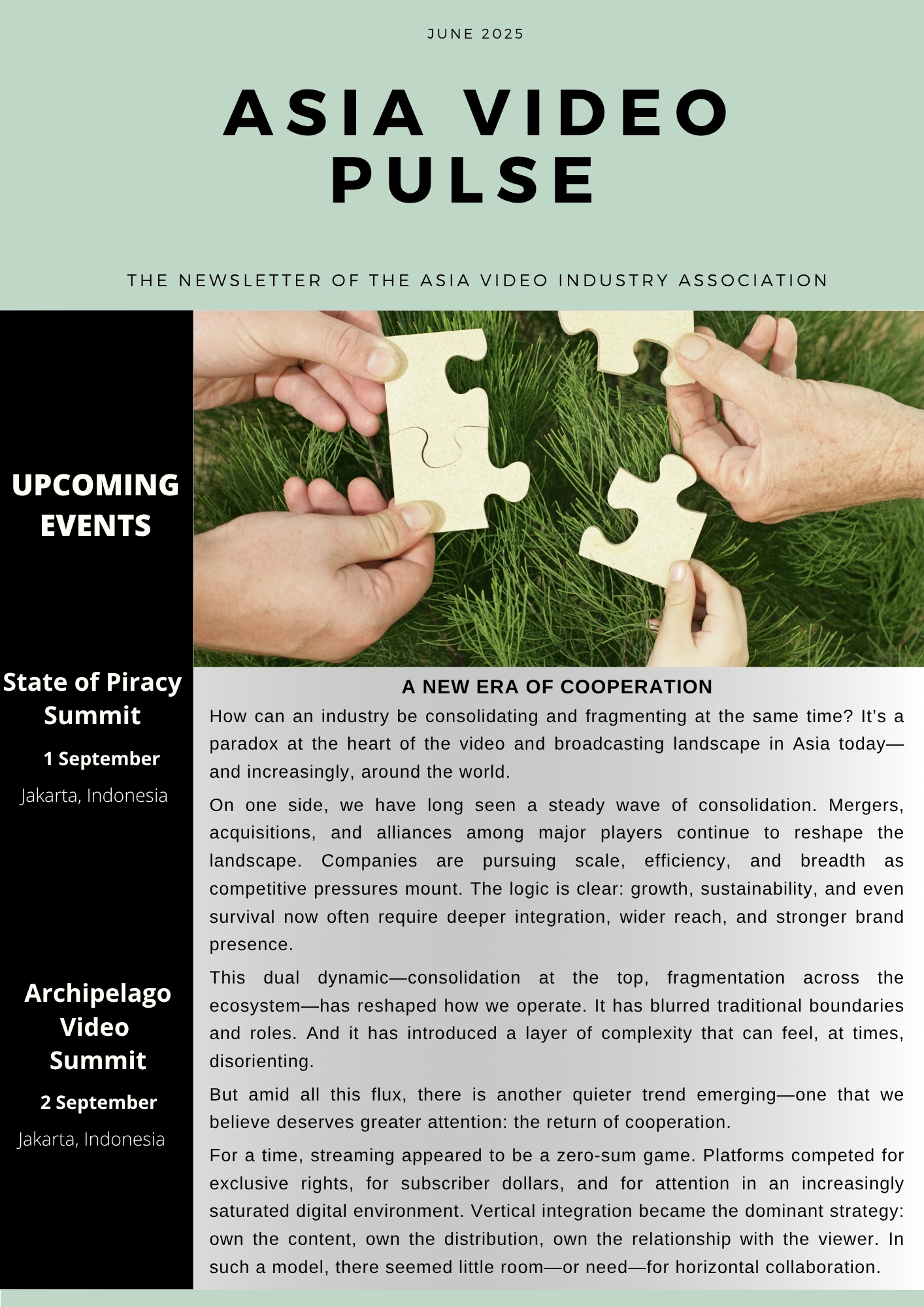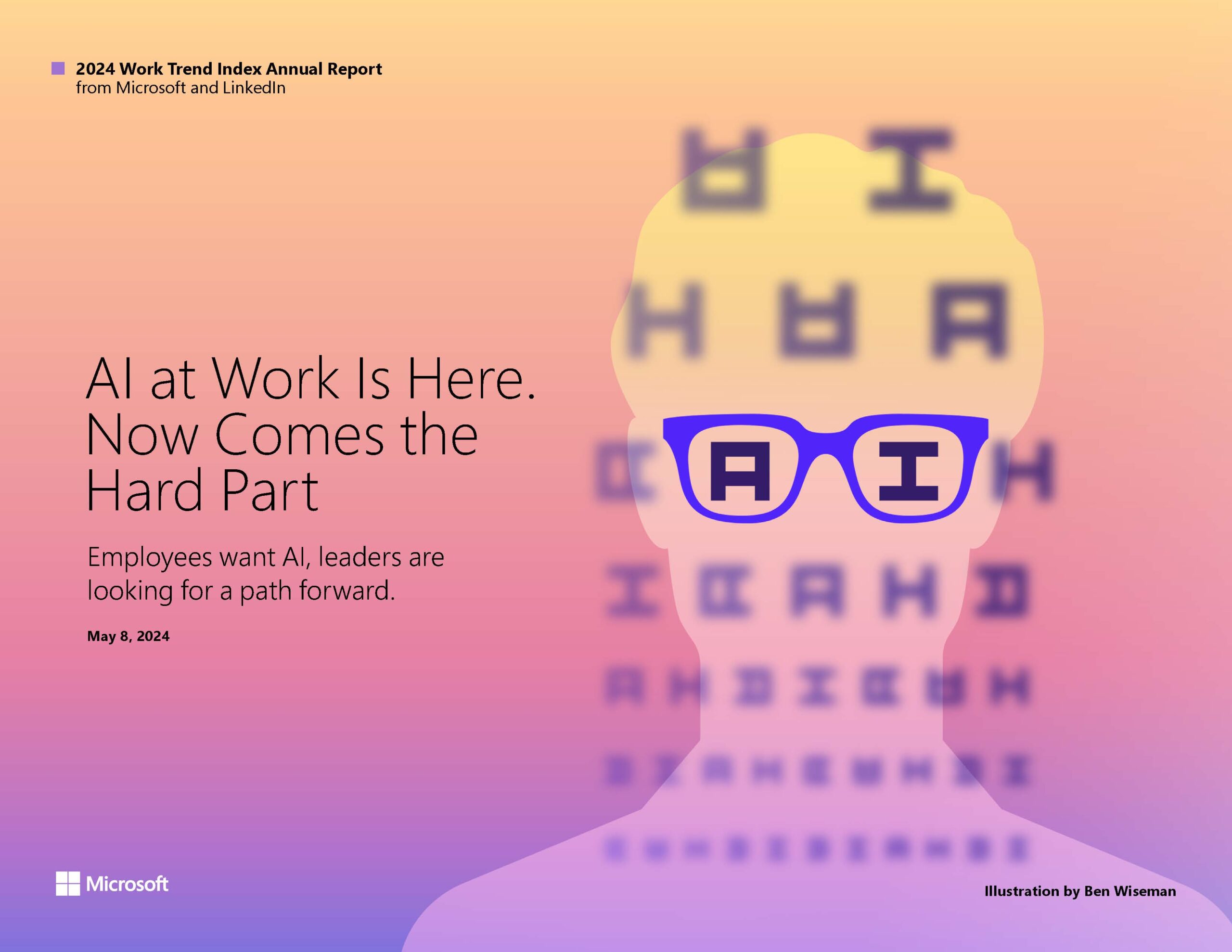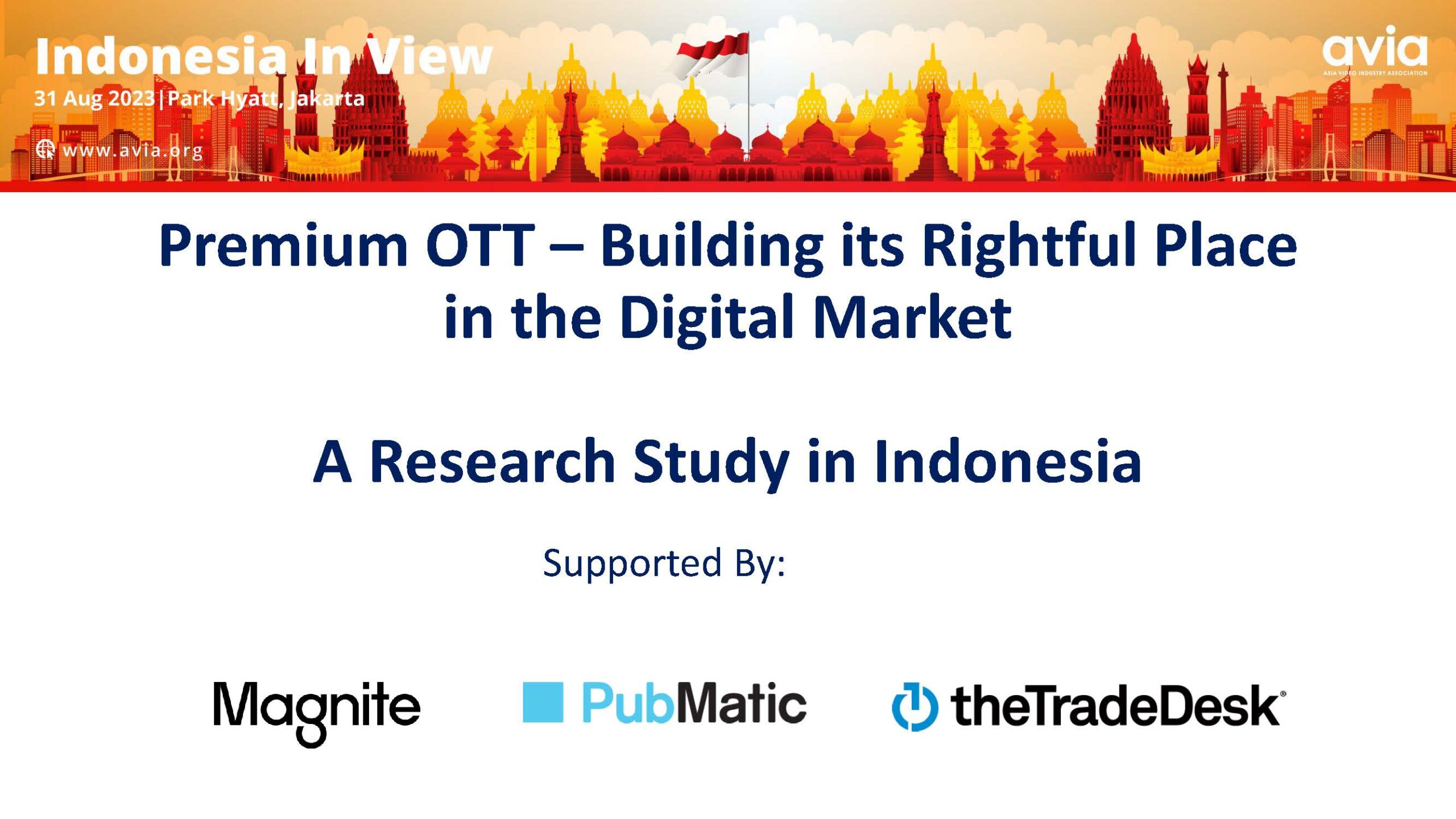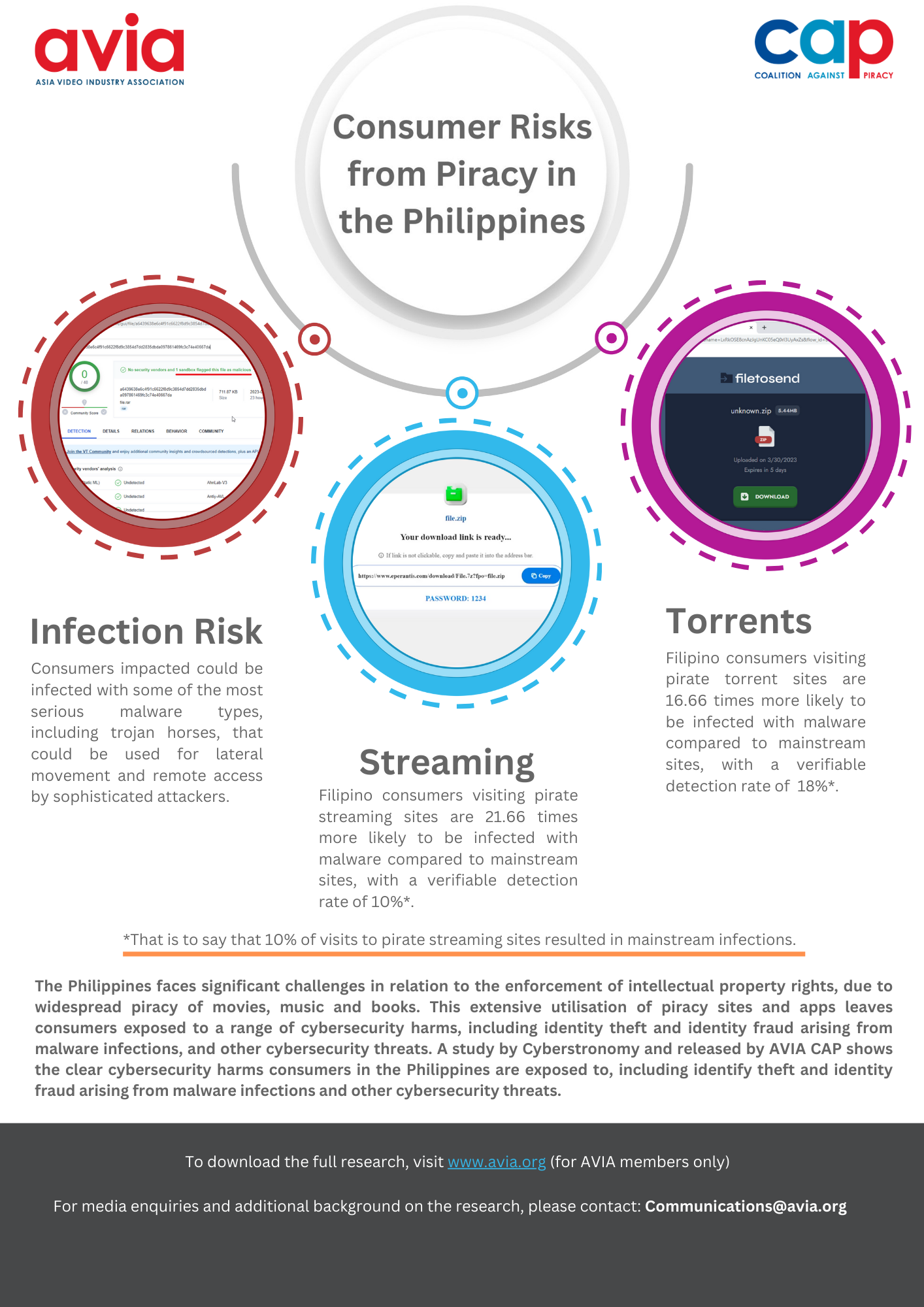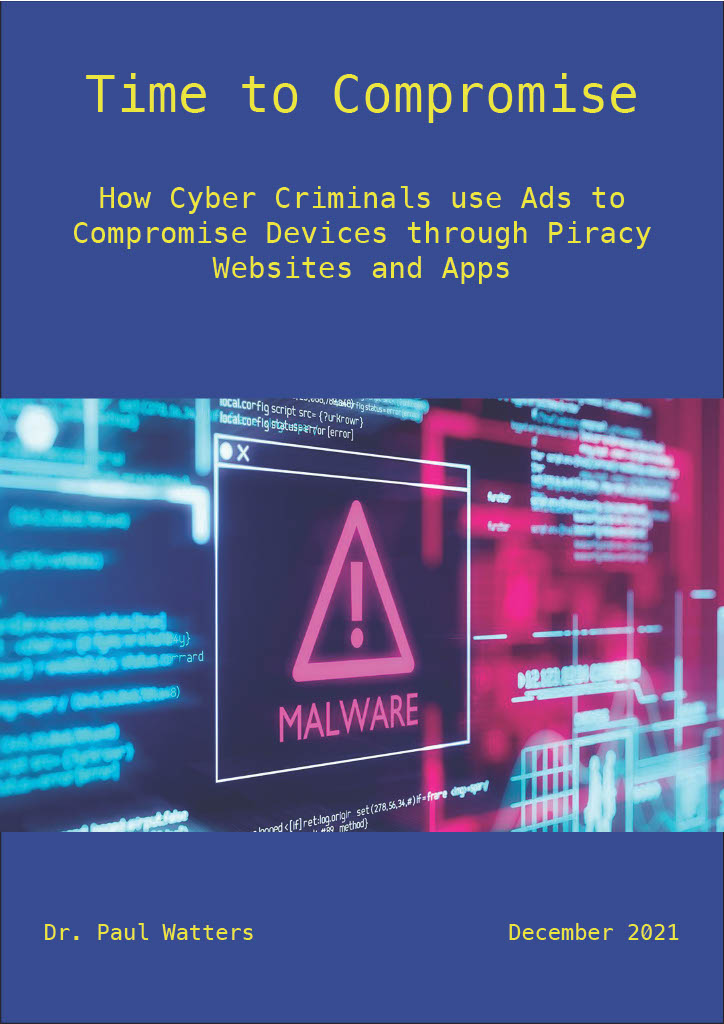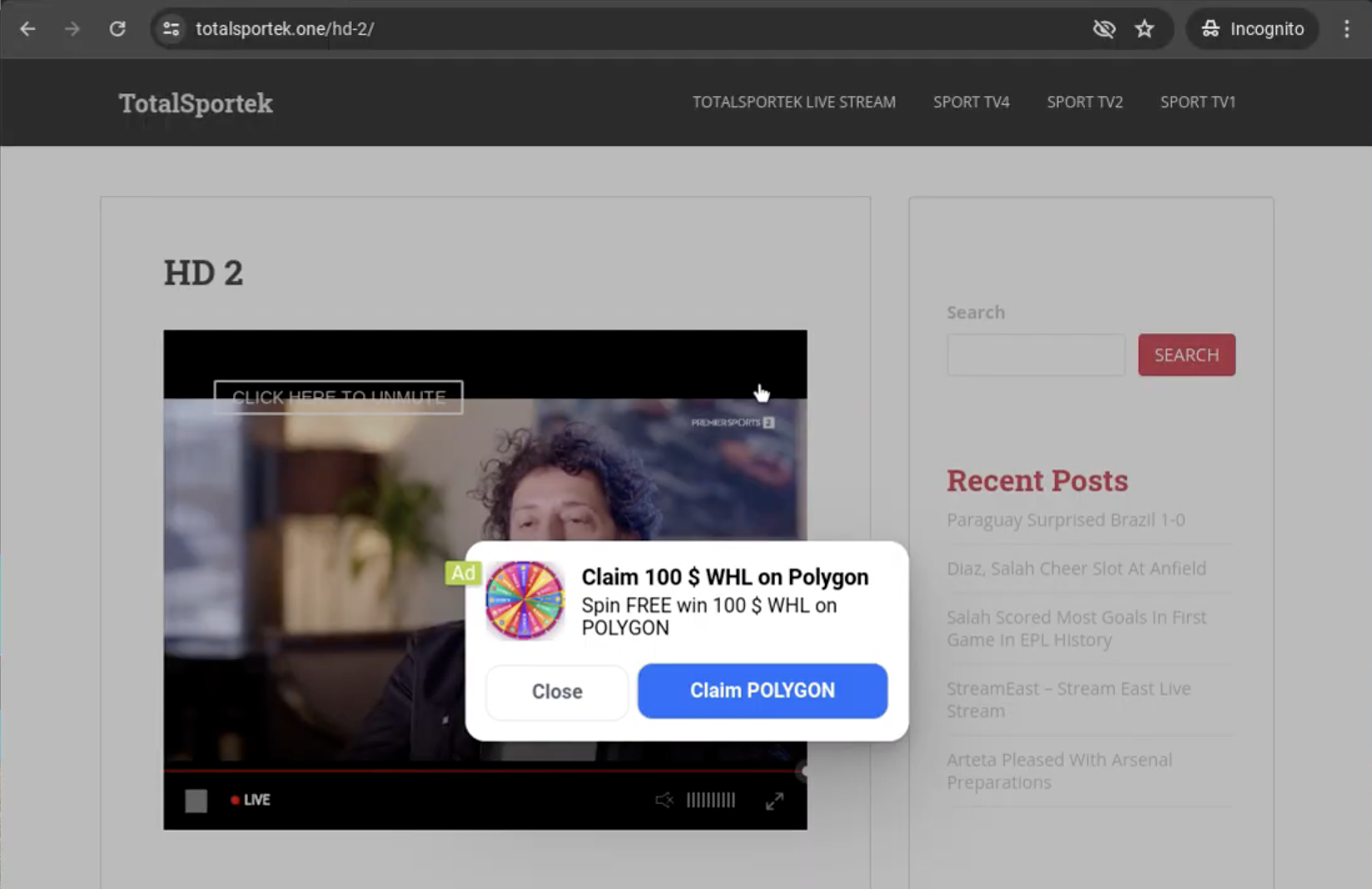What Piracy in the Connected World Teaches us about Industry Collaboration
December 20, 2024 1:18 pmViewers under threat
At one of the recent events organised by AVIA in Vietnam, when talking about modern-day piracy threats, Yew Kuin Cheah, Principal Counsel at Walt Disney pointed out that there was no such thing as free content; if viewers are not spending money when consuming pirated product, then they are effectively the product. These are the eyeballs pirates need to ultimately make their viewers pay the price.
The price can be high. And it’s not just money which is obvious to viewers in the case of paywalled pirate services. Pirate websites, whether paywalled or operating on an ad-funded basis, carry hidden cybersecurity risks and act, often covertly, as a vehicle for illicit or outright illegal activities. Linked to gambling, pornography and malware, pirate sites feed wider criminal networks, with links to money laundering and fraud established by law enforcement on numerous occasions.
The scale of piracy is staggering. Vietnam based Fmovies piracy ring counted 374 million visits per month before it was shut down this year and a recent raid in Europe dismantled a piracy operation that was generating over €250M per month and illegally serviced 22 million users.
The antidote is often about education of the public. As Yew Kuin Cheah mentioned, “Most people won’t want to interact with criminals but handing pirates access to your computer or data, taking these risks with pirate criminals that’s exactly what people are doing.” A comprehensive anti-piracy strategy needs to include communication with diverted audiences led by broadcasters alerting them of the harms happening behind the scenes and aimed at opening up a dialogue to encourage changes in behaviour. As part of a comprehensive disruption programme of pirate sources, the educational aspect can have a significant impact; an industry survey discovered that as many as 74% of viewers would convert to legitimate viewing alternatives if illegal streams become unreliable.
Blocking as the ultimate piracy disruptor
While an anti-piracy silver bullet doesn’t exist, some of the technologies have proven highly effective for disrupting criminal activities on a large scale. Blocking is one of them. Whether it’s domain, server, static or dynamic blocking (or a combination of these), this technology has proven to have had a devastating effect on the reliability of pirate services, crushing pirate consumers’ trust.
Anti-piracy providers such as Friend MTS work closely with broadcasters, content owners and legislators to implement blocking measures in different jurisdictions. Blocking is now an established anti-piracy solution, proven to be effective in territories across the globe. While legacy anti-piracy solutions were effective in the controlled broadcast environment, blocking solutions emerged as an answer to modern media environments and piracy threats. As Toby Scales, Media and Entertainment Security Lead at Google, points out in a recent DPP podcast, the move to OTT has transformed content security. This move necessitated solutions that require closer collaboration in the industry and beyond, be it interoperability of different highly specialised security technologies or cooperation with regulatory bodies and legislators, as is the case with blocking.
In today’s increasingly connected world, viewers are faced with hybrid cybersecurity-piracy threats that lead to significant losses for both the public and creators. These losses are preventable only if legislators and broadcasters come together and, with the help of cutting-edge security solutions, oppose criminal activities to keep the public safe and to revert the revenues to the creative industry.
Categorised in: Industry News, Member News
This post was written by Friend MTS

